The Gordon Murray Automotive T.33 sells out, FAST
There’s still plenty of money left in the world to spend on hypercars.

We have a little bit of experience ourselves in selling out something at an unexpectedly fast rate. Last year we sold our Montre de Souscription 1 and Montre de Souscription 2 in a matter of minutes, and we were astounded by the result. But there’s always a bigger fish out there, one that blows everything else out of the water. Case in point: Gordon Murray and his new breed of hypercars. We already dedicated an episode of The Petrolhead Corner to his groundbreaking new T.50, and now he’s back with the slightly less advanced but still very capable T.33. And the link between all of this? Both cars sold out within days after opening up the order books.
Gordon Murray is a legendary name in the automotive industry. He’s most famous for being the genius behind one of the best cars ever made, the McLaren F1 road car. But that’s not the only thing he did in his long and storied career, as he was also involved in creating some of the finest Formula 1 cars, like the beautiful Brabham BT44, the championship-winning Brabham BT52, and the all-conquering McLaren MP4/4 and MP4/5. The Formula 1 history is perhaps something for another episode, as today we focus on the launch and success of the new Gordon Murray Automotive T.33.
The reason for this is that earlier this week news broke of the fact that all 100 build slots have been allocated. In laymen’s terms: it’s all sold out. And considering the car’s base price of GBP 1.37 million, something I normally mention at the very end, that’s mighty impressive. This all happened in less than a week, indicating there is still very much a market for such extremely expensive and unique cars. What’s perhaps even more astonishing is the fact the GMA T.50 presented last year sold out even faster, despite costing roughly a million GPB more than the T.33.
It seems Gordon Murray is again setting new standards in the industry on many fronts. With that in mind, let’s talk about cars instead of money, right?
The Spiritual Ancestor
Talking about the GMA T.33, and the T.50 for that matter, is impossible without mentioning the McLaren F1. Without a shadow of a doubt, the McLaren F1 is one of the most important cars in history, a car that set new benchmarks for the supercar genre. The car followed in the footsteps of other icons such as the brash Lamborghini Countach and the razor-sharp Ferrari F40. Nevertheless, the McLaren F1 would have both for lunch when it came down to performance. Oddly enough, it was also practical for a supercar, capable of seating three people and a bit of luggage.
The McLaren F1 was designed as the first road car bearing the Bruce McLaren derived name and took the world by storm. It was presented in 1992, and despite the fact this is just five years after the Ferrari F40 was launched, it was miles ahead of the Italian thoroughbred. And the numbers don’t lie, even by today’s standards. A naturally aspirated 6.1 litre BMW V12 producing 620bhp, extensive use of carbon fibre, a gold-lined engine bay, a top speed of 386kph, a three-seater interior, and everybody’s favourite party-piece: the mad butterfly doors.
In every sense of the word, the car was over-engineered, and it proved to be an icon in the pursuit of the perfect supercar. Only 106 of these very special cars were built, all variations included, and in recent years the value has skyrocketed at auctions.
The “Baby” GMA T.33
But we’re not here to talk about the McLaren F1, but rather the Gordon Murray Automotive T.33. From the outside, the shape of the T.33 is quite reminiscent of the T.50, albeit with far smoother and softer bodywork. It is also quite a bit smaller, as it is comparable to a Porsche 718 Boxster in size. Gordon Murray designed and presented it as a more sensible, comfort-focused car compared to the T.50. But it does so without compromising the driving experience, something that is always of the essence in Gordon Murray’s cars. A signature element is the dihedral butterfly doors, adding significant drama to the otherwise sleek looking vehicle.
Where the T.50 is built as a three-seater, much like the McLaren F1 is, the new T.33 has a more traditional side-by-side two-seater layout. The interior remains fully dedicated to the driving experience, with only minimal distractions. It all looks very sleek, very clean, and very “Gordon Murray”. Heck, there’s not even a touchscreen display to be found. It’s all very analogue, very minimalist.
Despite missing the fan in the back, the T.33 still benefits from aerodynamic trickery called GMA Passive Boundary Layer Control. This system harnasses the ground effect through the front air intake, the rear diffuser and air channels running underneath the car. It’s said to be so advanced it is 30% more efficient than conventional set-ups. It also results in a completely different internal structure compared to the more complex T.50 and a design free of wings, vents and outlets except for the necessary ones.
The T.33 uses a reworked version of the Cosworth 4-litre V12 of the T.50. It has new cylinder heads, camshaft and variable valve timing, and a special ram air intake, exhaust system and engine mapping. This means it has a slightly lower redline (11,100rpm vs 12,100rpm in the T.50) and a bit less power as well (615bhp vs 660bhp). It comes with a 6-speed manual gearbox, but a paddle-shifted transmission is also in development. Combined with a weight of under 1,100 kilograms, this will be a very fast and very agile car to play with and should be a very purist take on the supercar. Top Gear has had a first look at the car, so check out the clip below if you have the time.
As mentioned, the Gordon Murray Automotive T.33 costs a whopping GPB 1.37 million, and only 100 will ever be built. All 100 clients will have to be quite patient to enjoy thrashing about in the new T.33 as it is scheduled for a 2024 delivery after the production of the T.50 is first completed.
For more information, please visit GordonMurrayAutomotive.com.




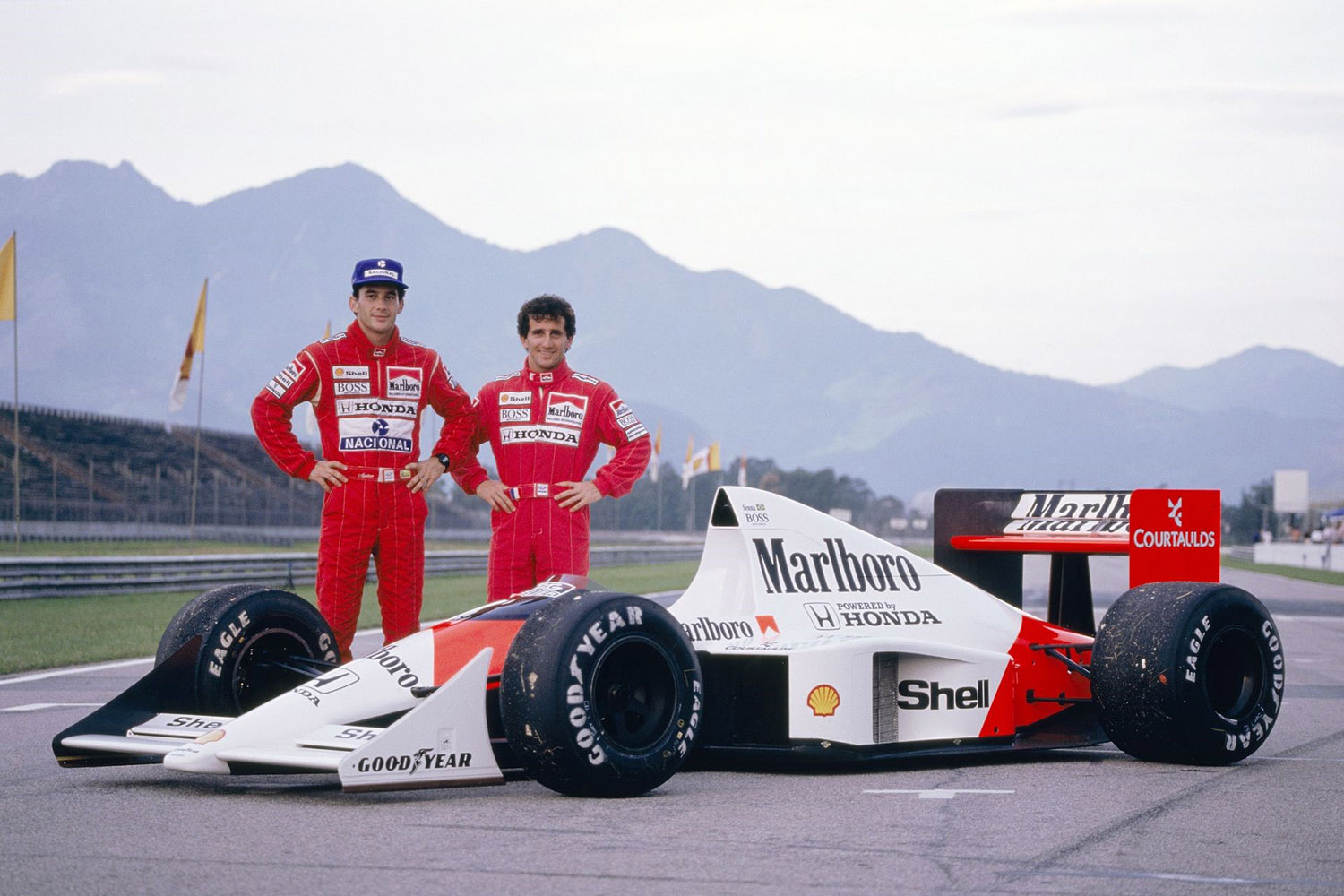
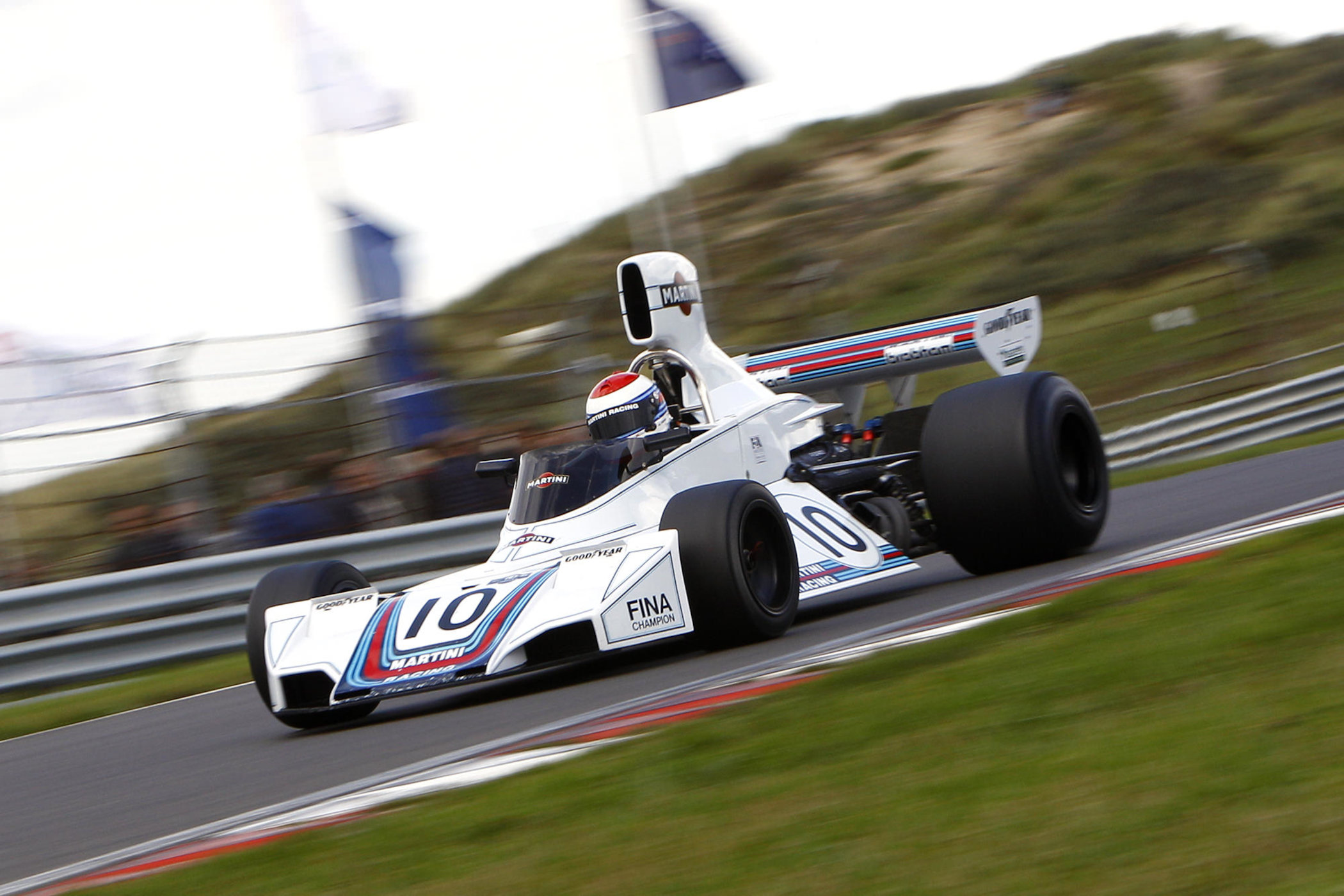


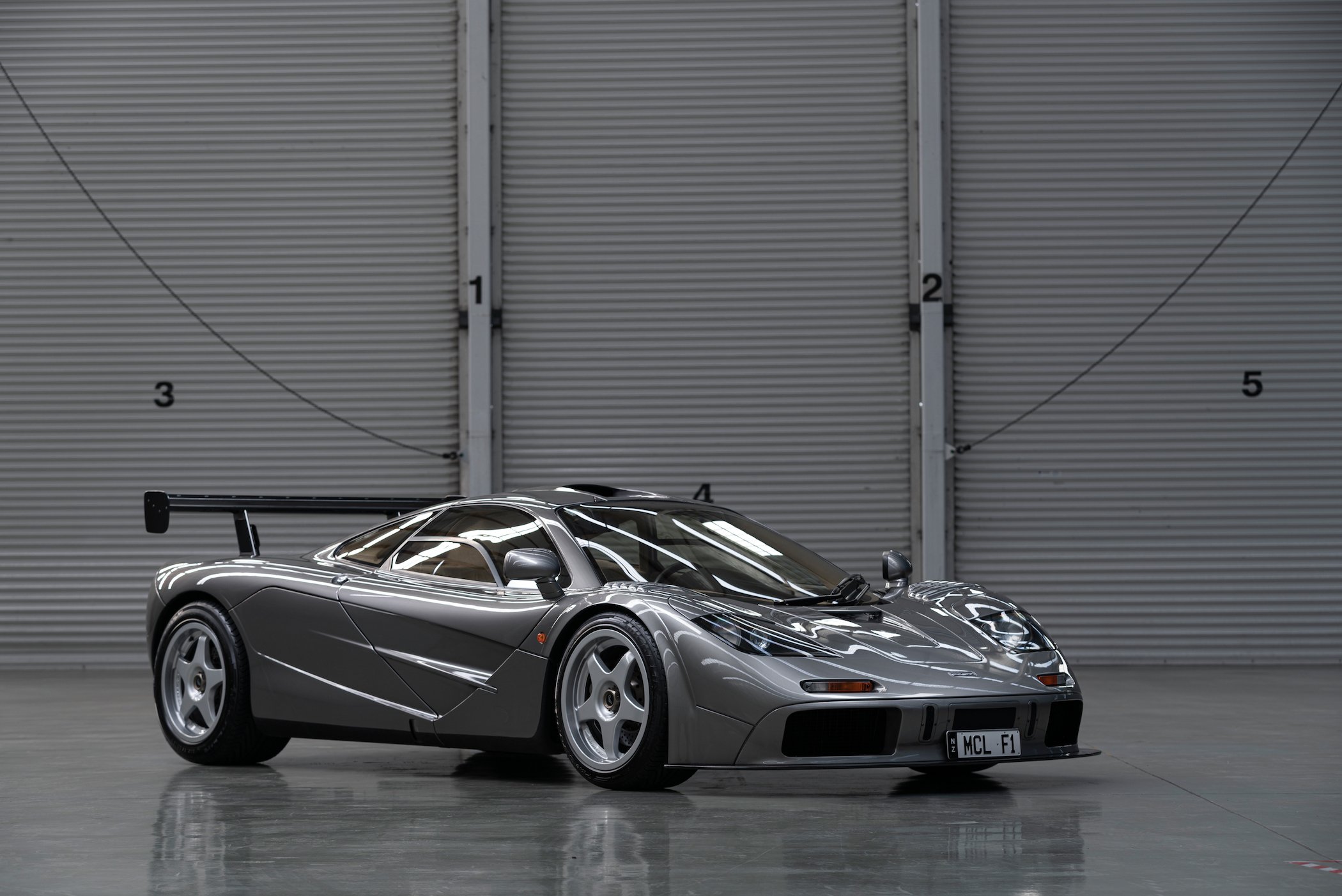





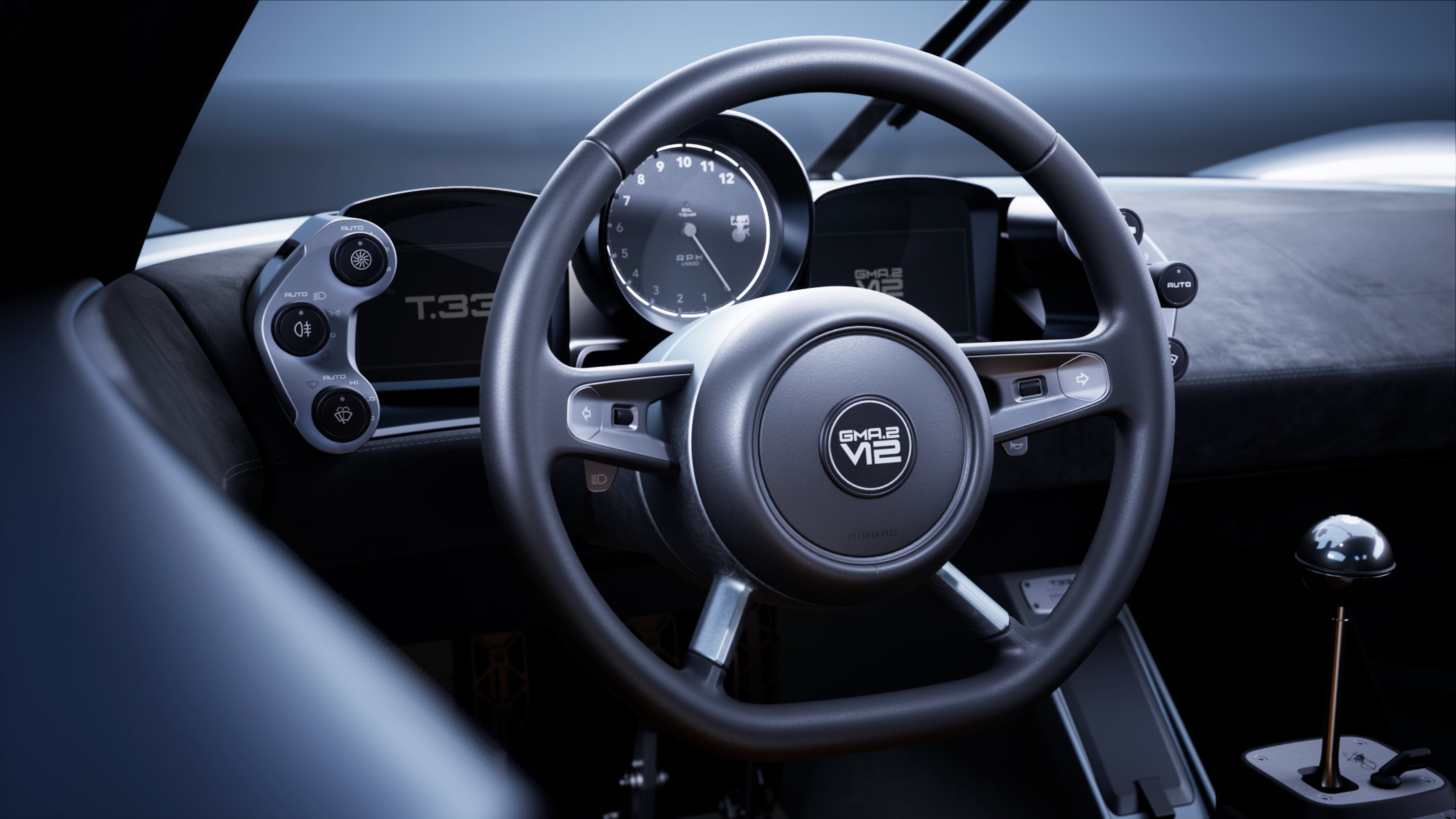
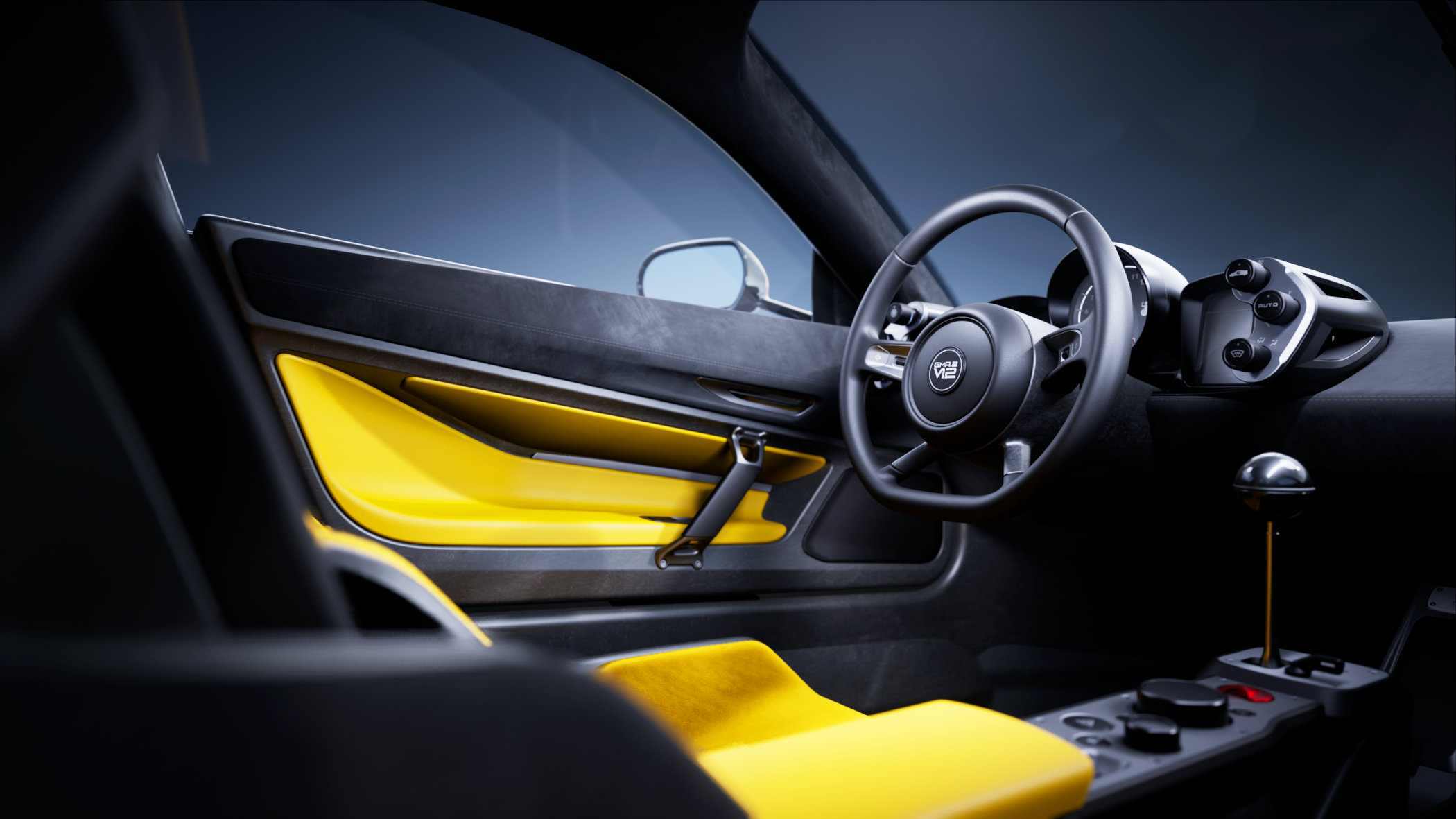
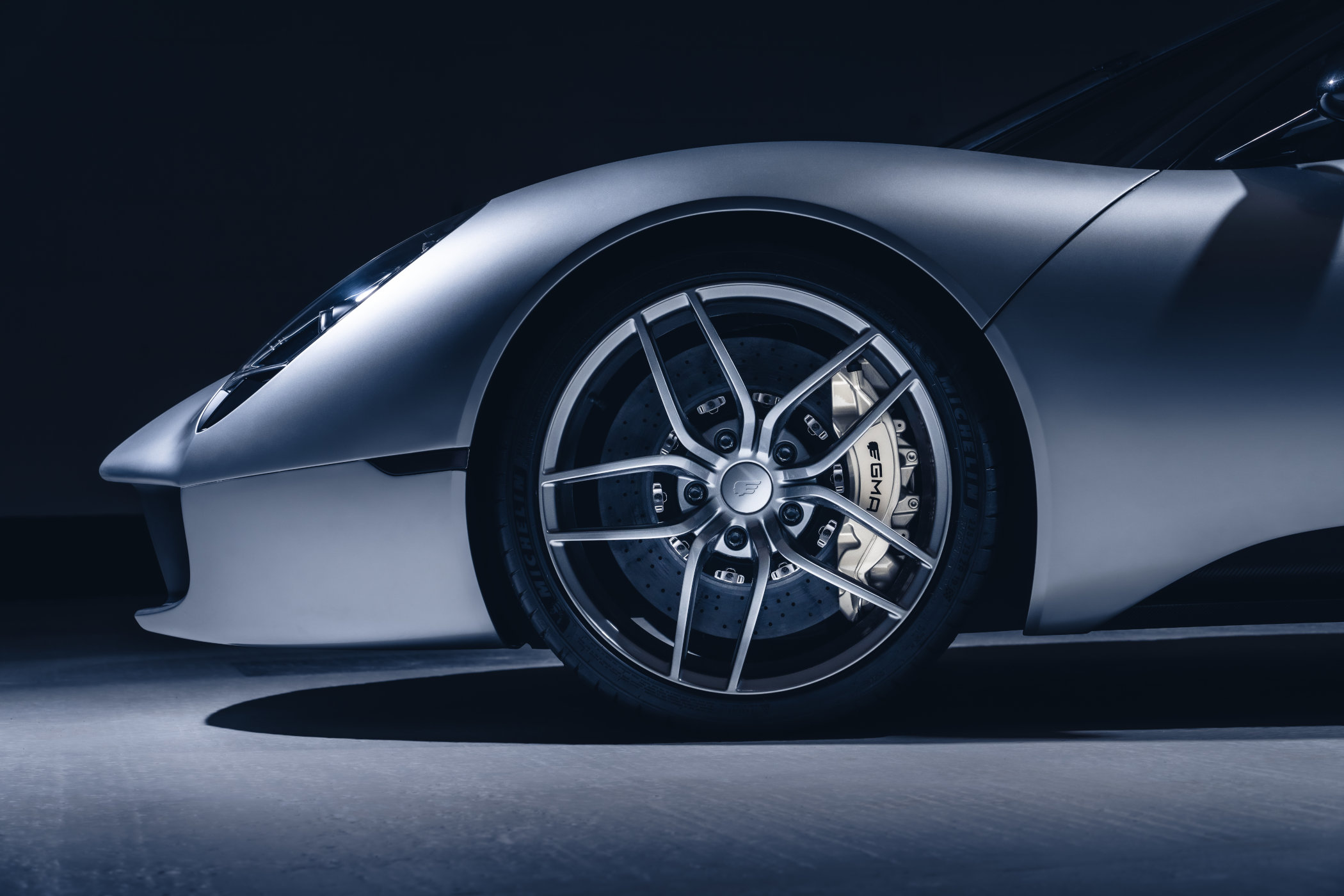
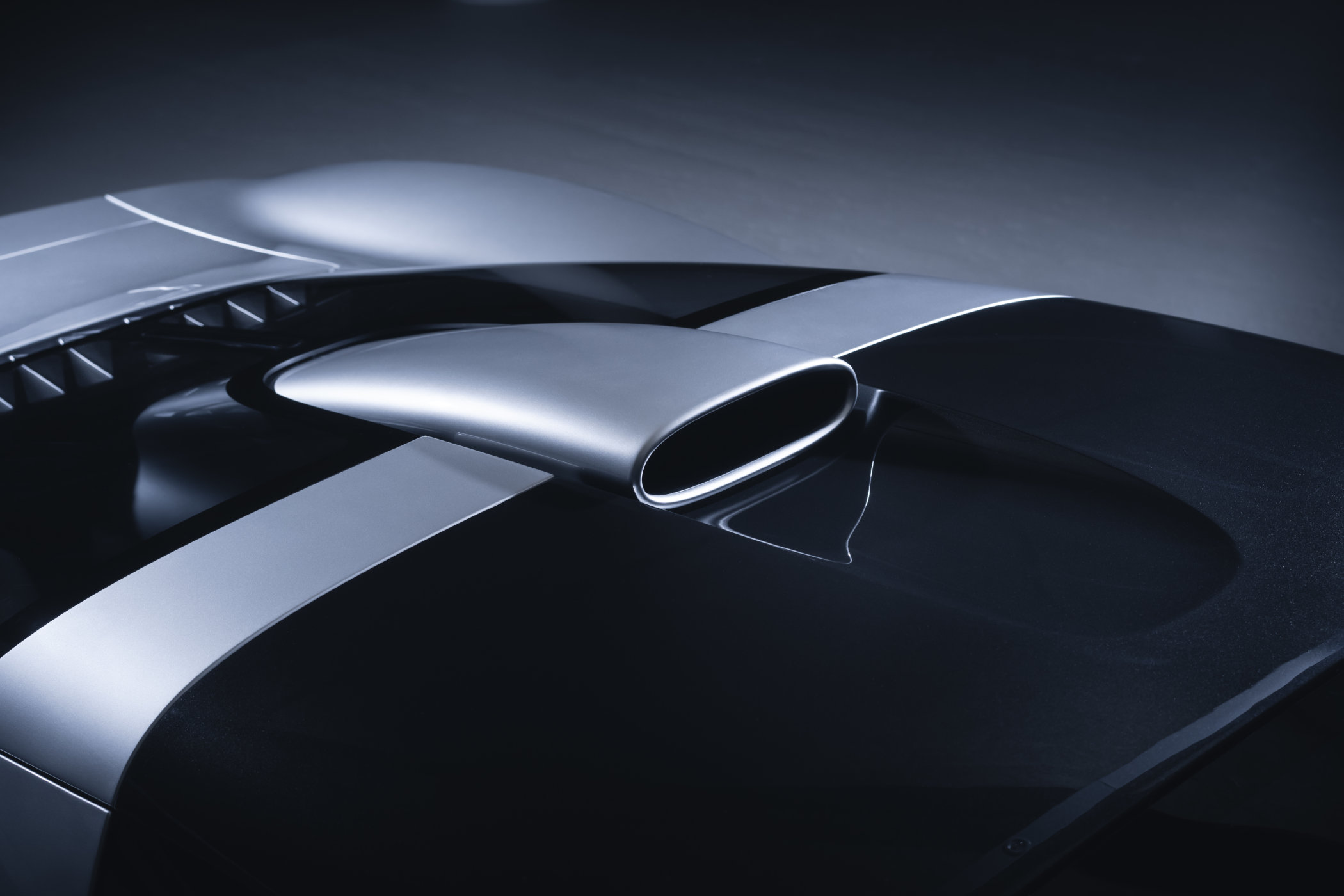




1 response
The F1 was neither over nor under ‘engineered’. The degree of engineering was exactly sufficient to deliver the desired mix of performance and weight. Usually when people talk of something being over ‘engineered’ what they should say is the opposite since any material not required to enable the item to perform as designed/required is removed as a result of any thorough engineering processes.